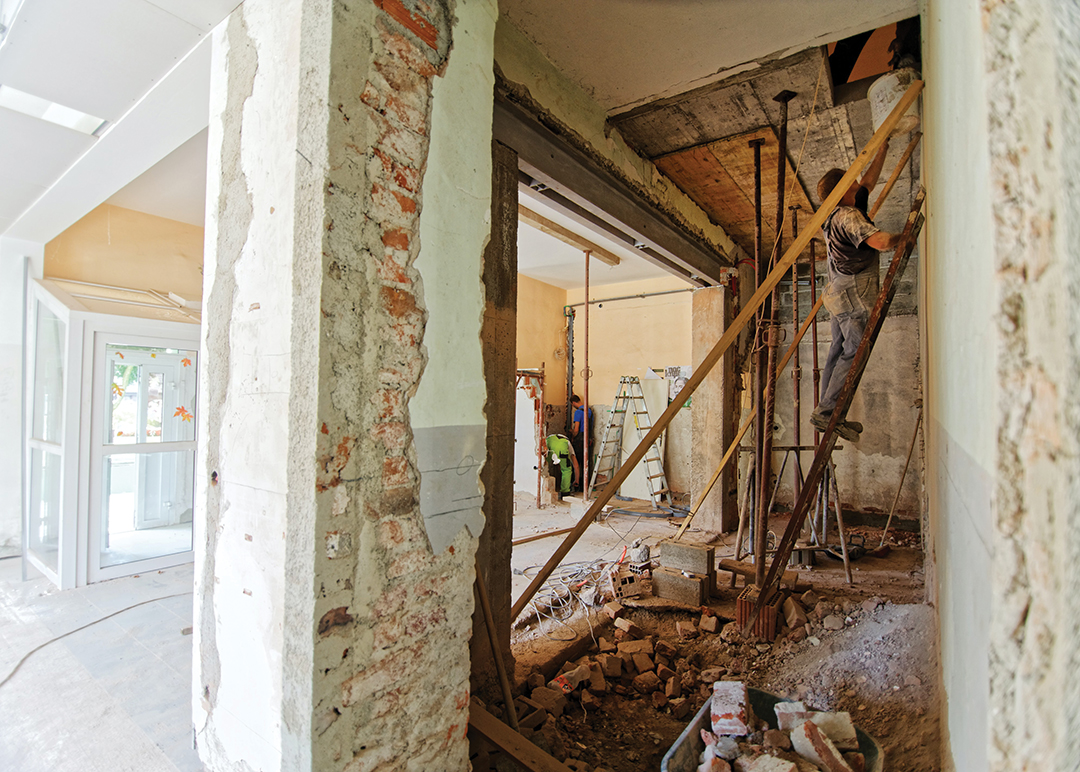Choosing the Right Coverage
How It Can Make or Break Your Fix-and-Flip Investment by Jen Sitko Choosing the right real estate insurance to protect your investment projects can seem like a superfluous and unnecessary cost. After all, you want to sell the project as quickly as possible, so why opt for additional coverage? As a lender, Fund That Flip operates daily in the world of risk management, so we see firsthand where cutting corners
Read More









